The “Diamond: from rough to brilliant” online seminar took place on June 30. Broadcast live on July 6 and 7 and available on the School of Jewelry Arts website, this conversation took place between Diren Ramsamy, Diamond Cutter at Rubel & Ménasché, and Olivier Segura, Gemmologist and Scientific Director at L’ÉCOLE, School of Jewelry Arts. They both spoke passionately about the technical virtuosity of cutting, which is an essential step in revealing all the beauty of a diamond.
Rubel & Ménasché and the School of Jewelry Arts invited us to a gathering of enthusiasts and experts on June 30 and July 6 and 7!
Diren Ramsamy, Expert Diamond Cutter at Rubel & Ménasché since 2000, with more than 30 years of experience as a diamond cutter – “My entire professional life!” –, answered questions from Olivier Segura, Gemmologist and Scientific Director at the School of Jewelry Arts.
Together, they endeavored to present the specific features of this unique stone, composed of carbon.
Cutting is one of the “4C”s on the GIA scale, invented in the 1950s to grade diamonds based on specific characteristics: namely Color, Clarity, Carat (weight: 1 carat = 0.2g) and Cut.
Cutting is an absolutely essential step in revealing all the beauty of a diamond!
It all starts with the evaluation of the rough stone. The diamantaire must first understand if they are dealing with a makeable or a sawable diamond, to then determine how to make the best use of each stone and thereby understand how to optimize it and divide it into various rough diamonds which will then be polished… This stage has clearly been facilitated by innovative technologies, particularly by using Sarine machines and lasers.
Diren then proposed an immersion in his workshop, discovering his tools and his day-to-day work as a master cutter specialized in high jewelry. The disc, loupe, measurement tools, tang (“pince”), claw, olive oil, diamond powder, etc., the cutter must perfectly master each and every tool and adapt it to “their” stone: “The work is irreversible,” says Diren Ramsamy, “we need to check what we are doing every second!” There is a fine, delicate and highly precise art to shaping all the facets of the diamond, magnifying it and then drawing the greatest “brilliance” out of it via the subtle play of light that goes through it.
And there is an equally fine art to adapting each diamond to the piece of high jewelry, more specifically “cutting to the piece”, one of Rubel & Ménasché’s specialties. “It is a tradition of excellence,” says Diren. “On a river of diamonds, the brilliance of each baguette, for example, must be identical and equally beautiful. So you need an expert eye to choose each stone. And the cutter then needs to perform each step flawlessly” for each stone and for this particular jewel. This perfect harmony requires very precise work organization involving many discussions between the cutters and the high jewelry Maisons…
To find out more and fully discover the art of diamond cutting, visit the School of Jewelry Arts website and go to the “Explore – Past online conversations” section.
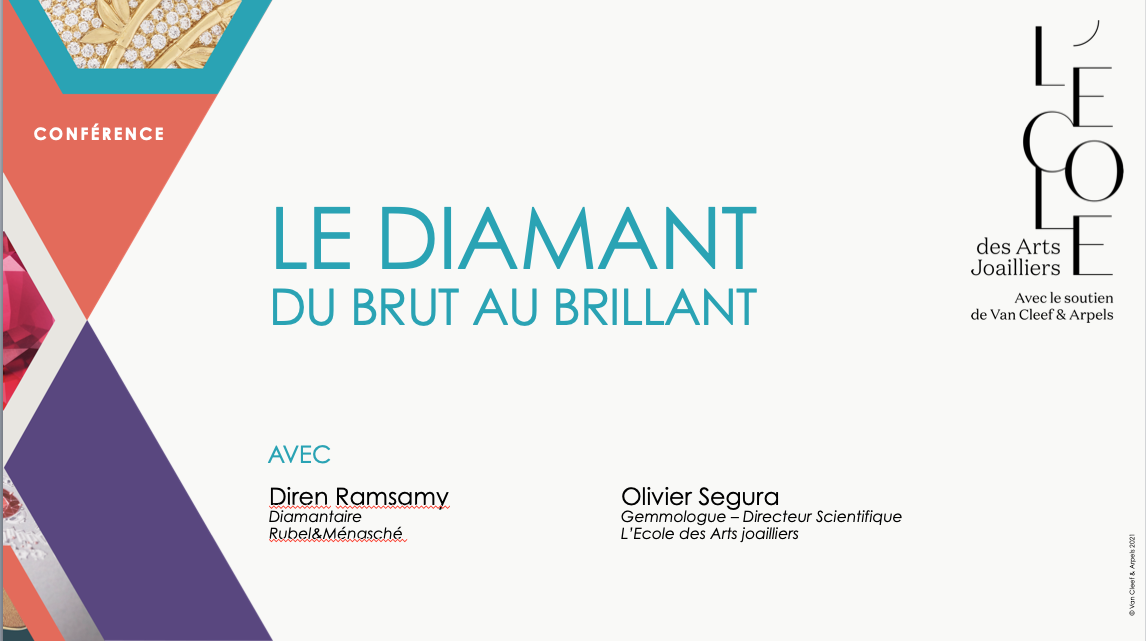
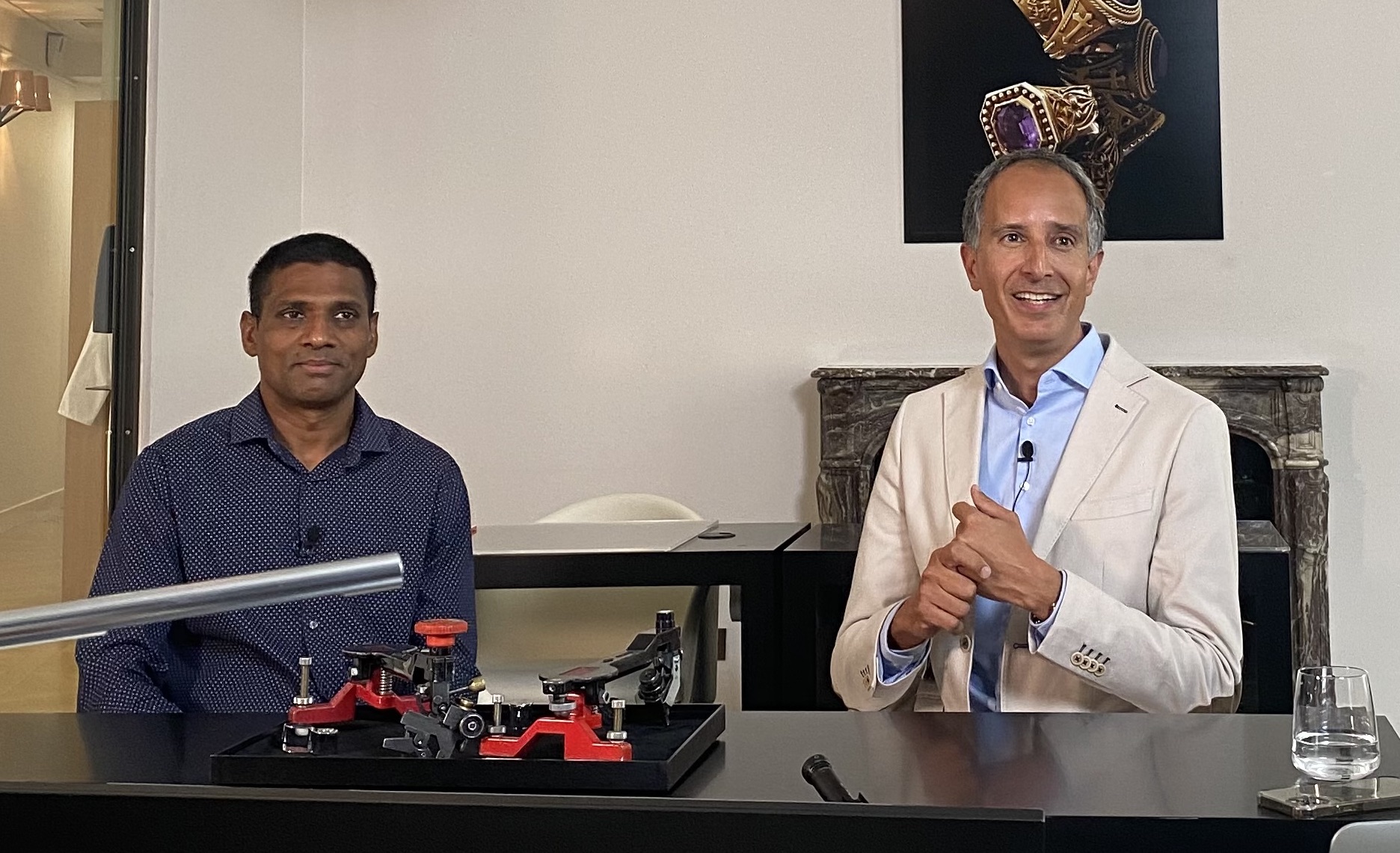
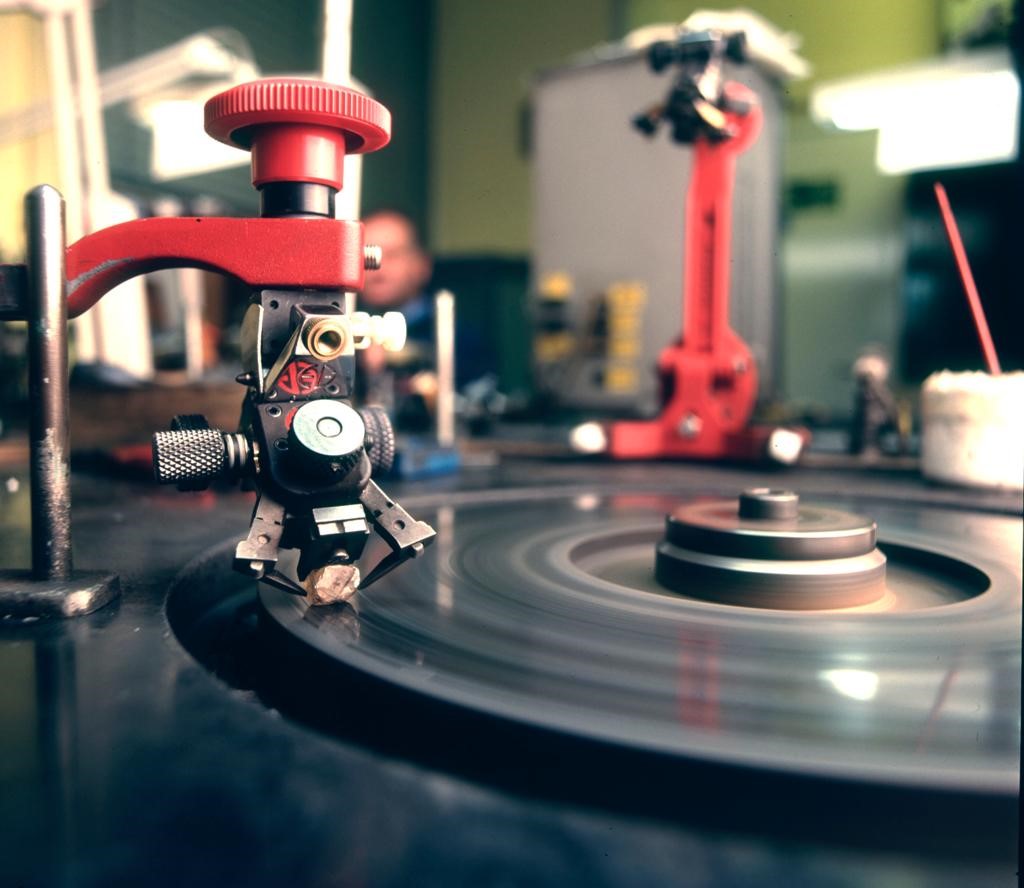
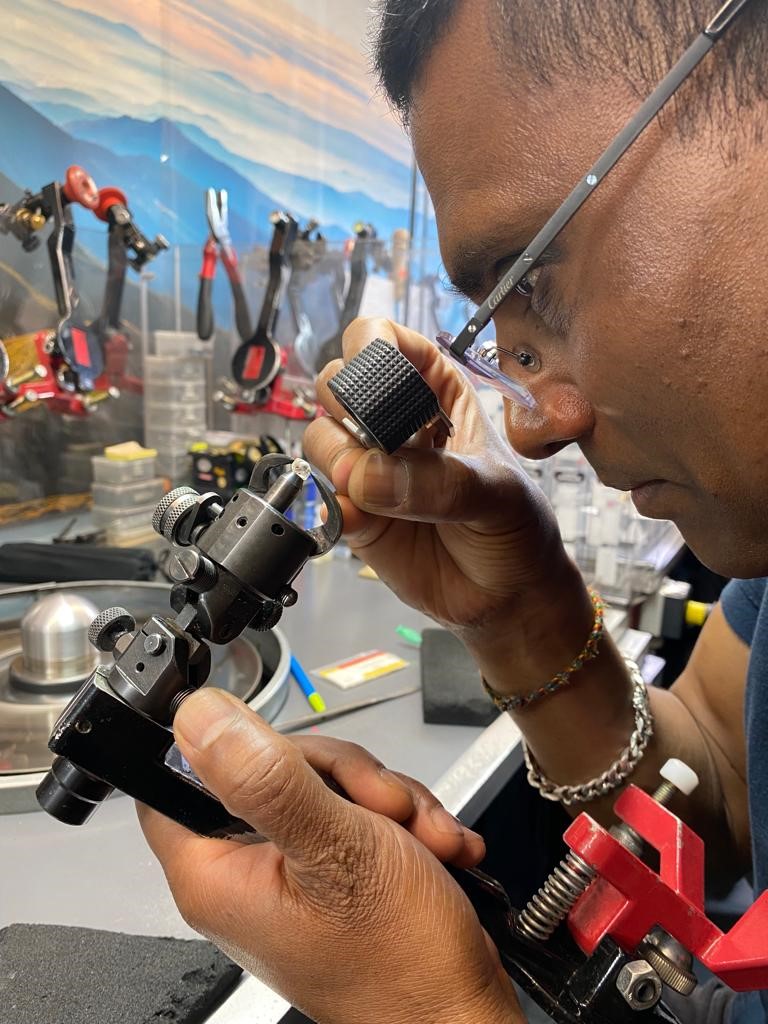
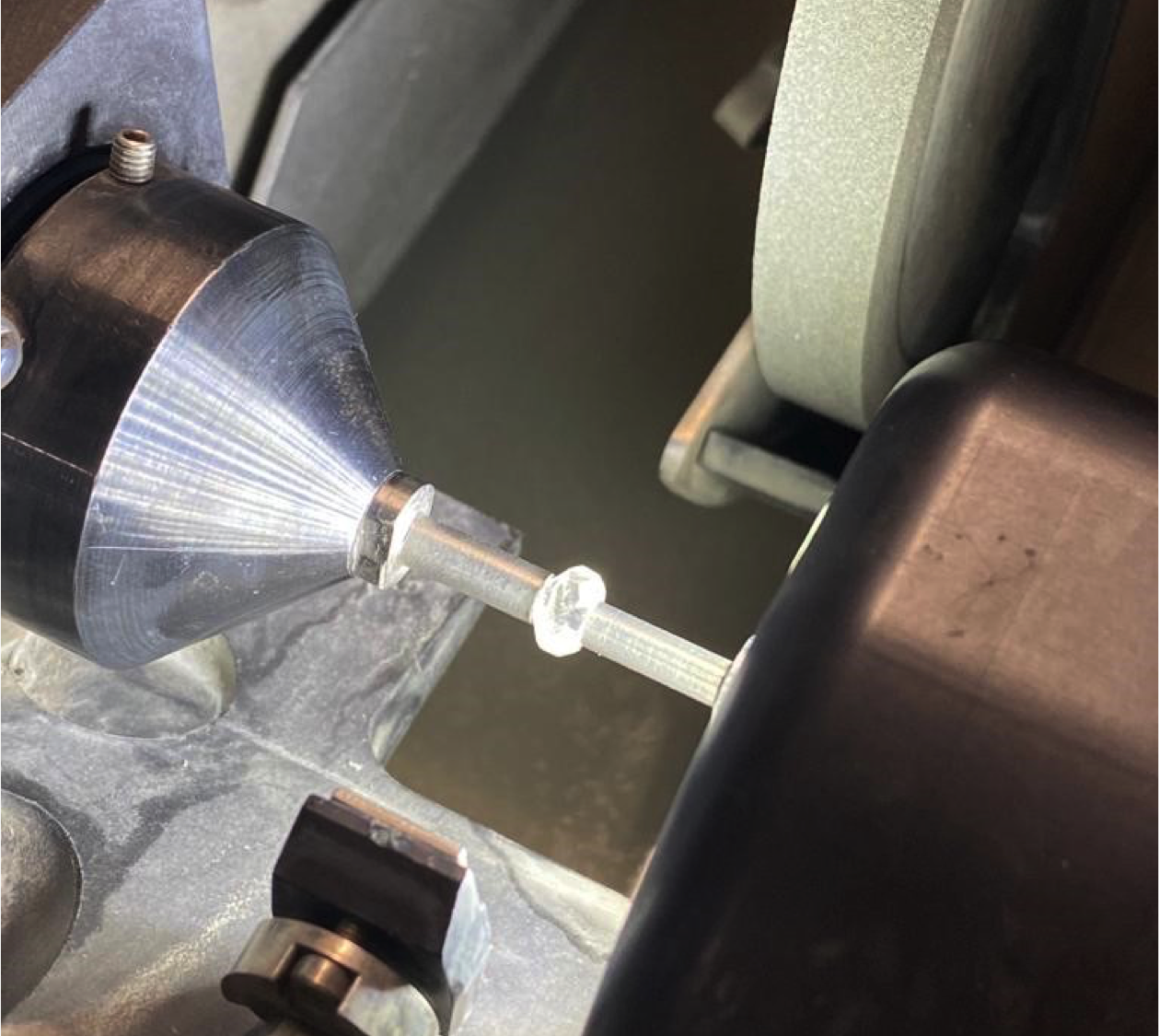
Source Rubel & Ménasché
Photos © L’École des Arts Joailliers, Rubel & Ménasché.
